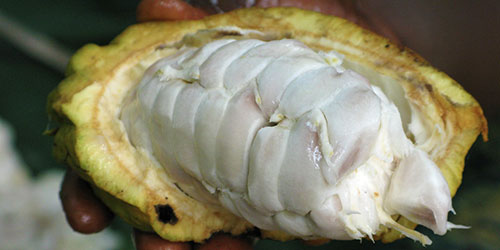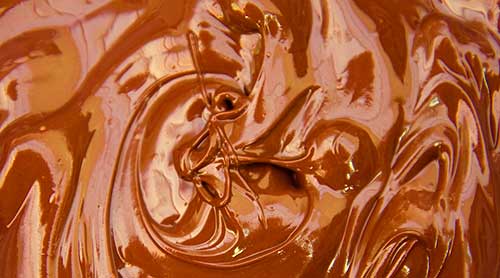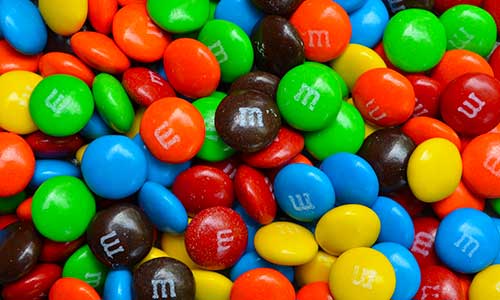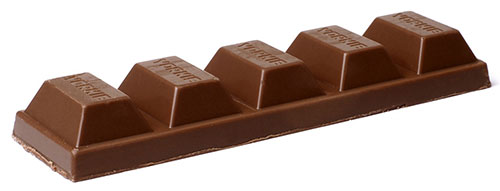There’s no doubt that anyone with a sweet tooth has chocolate on top of their list of favorite treats. Eating chocolate is fun, but not everyone may enjoy making one. Did you ever wonder how chocolate was made? In a nutshell, chocolate comes from bitter cacao beans and then molded into bars that we see on store shelves and enjoy eating. On a bigger scale, a chocolate company like Hershey’s would need a lot of these beans.
Cacao Beans

The first thing that needs to be done is to harvest the cacao beans. Large companies buy these from farmers, or they buy the farm and do the culling themselves. The beans are then put in an oven at a temperature of 250-325 degrees Fahrenheit (120-163 degrees C) for up to 35 minutes. The temperature is steadily reduced until the beans begin to crack. Roasting stops when the beans start cracking. The roasted cacao beans are then cracked further into smaller bits called nibs.
After some time, the nibs are ground into chocolate liquor. A specific machine is used to liquefy the nibs, and at the same time, segregate the remaining husks that were not removed after roasting.
Refining

The resulting chocolate is then refined using a wet grinder in order to give it a distinct taste. Chocolate companies usually have trade secrets when it comes to the refining process. This is what makes Hershey’s chocolates or M&M’s different from other brands.
In essence, refinement involves melting the chocolate and cocoa butter in the oven at about 120 degrees Fahrenheit (49 degrees C). Non-fat dry milk powder, sugar, lecithin, and vanilla are then mixed for an hour. Lastly, the mixture is poured into a grinder that’s hot enough to keep the chocolate in liquid form. All in all, the entire refining process lasts for no less than 10 hours and not more than 36 hours.

When it is ready, the chocolate is tempered so that it is soft and shiny. As M&Ms would put it, “It melts in your mouth, not in your hands.”
Molding
After refining the chocolate, the next part is molding it into its intended shape or form. It’s easy to mold chocolate due to its softness. However, to shape them in massive quantities, companies pour chocolate into custom molds instead. They stay in the mold for a while to cool, after which they are packed, boxed, and delivered.

Some smaller companies sell chocolate in the form of blocks so that they can be melted again and molded in another form. These blocks are popular among crafting circles.
Chocolate making is really an easy task. If you have the equipment and the ingredients needed, putting them all together is going to be a walk in the park. It doesn’t matter if you make chocolate in large or small quantities because the principle behind it is the same.
